Project Demo
GitHub Repo
https://github.com/jlutzwpi/SeeedRecomputerESDStory
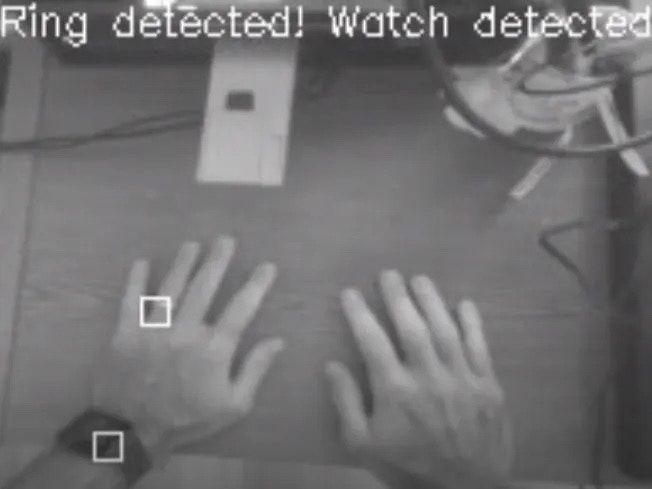

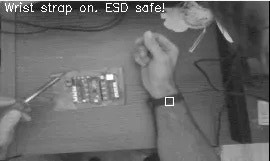
Clear to handle electronics!

Take off your ring and watch!
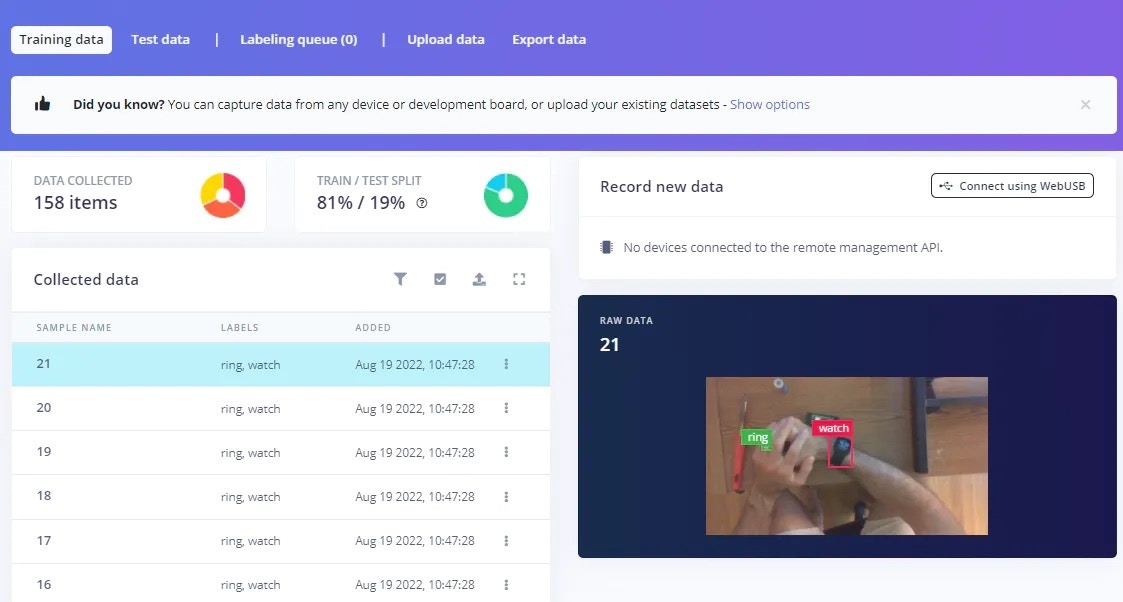
Training data needs to be labeled (see 'Labeling queue' tab) for object detection
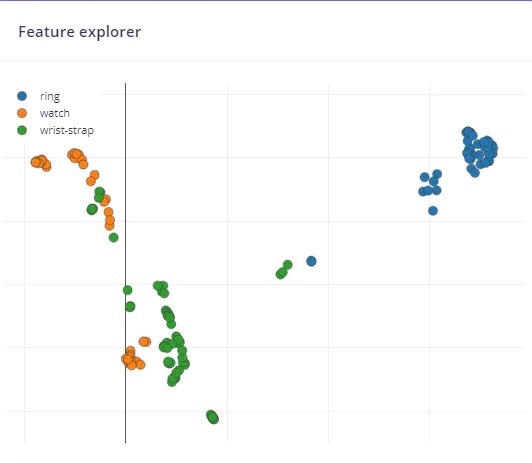
The ring was clearly distinct but the watch and wrist-strap are grouped closer to each other
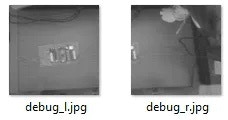
Debug images showing how a frame can be split into two images for inferencing
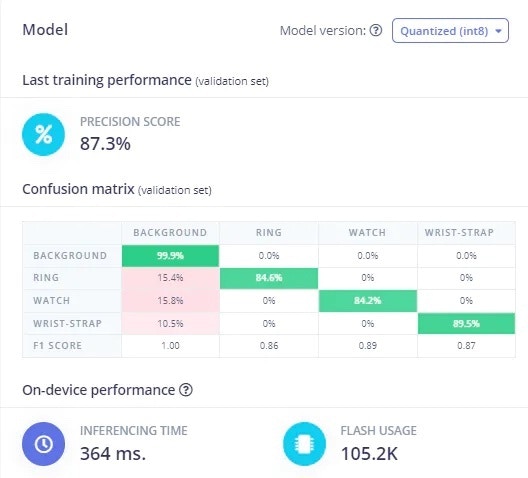
With just 100 samples of each class, the model actually performed pretty well
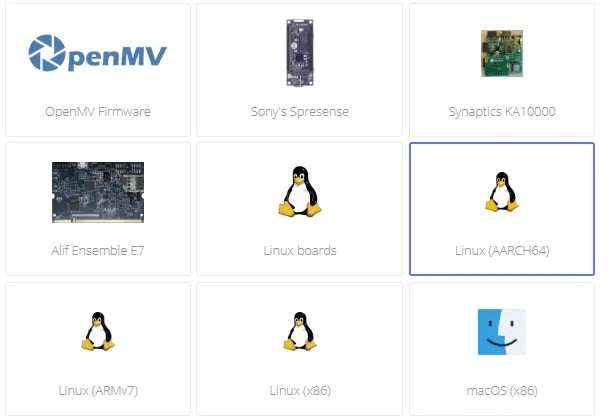
Deploy as a Linux Aarch64 for the Jetson Nano
This project was a lot of fun. I have worked with the Jetson Nano for a little over a year and if you can make it through driver and dependency issues (they seem to pop up on every project I use a Nano) it’s really powerful and fun to use. I haven’t even used DeepStream or any of the NVIDIA tools yet so I look forward to trying that out some day.
The memory limitations were unfortunate and took up a bit of my time, and I hope that gets resolved in the future. I even had to do my development off the Nano because I didn’t have enough space to install VS Code (my IDE of choice). Not a show-stopper by any means, this is still a very capable piece of hardware.
I think this project could be further expanded in the future. You could add a Twilio interface to text a supervisor if an ESD risk is present. Different types of objects could be classified (maybe ensuring an ESD smock is worn?) and what I’m more excited about is FOMO-AD (the AD stands for Anomaly Detection), announced at Edge Impulse Imagine 2022. It won’t be ready until 2023 but I think there is a lot of opportunity to use that technology for recognizing what is right and what is not right in an image. I’m exciting to test its capabilities!
Thank you again to Seeed Studio for providing the hardware for me to work on. I hope to do more projects with this equipment in the future. Happy coding!